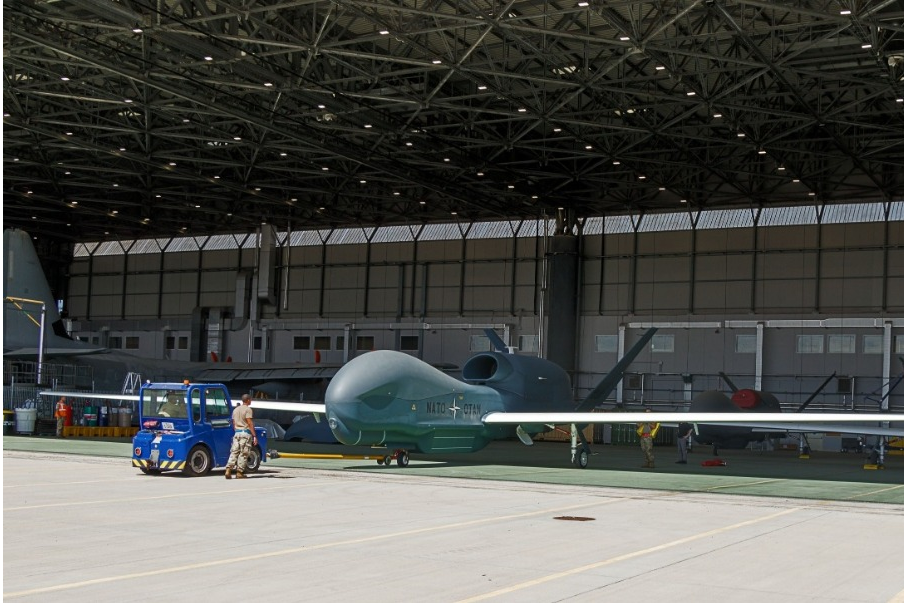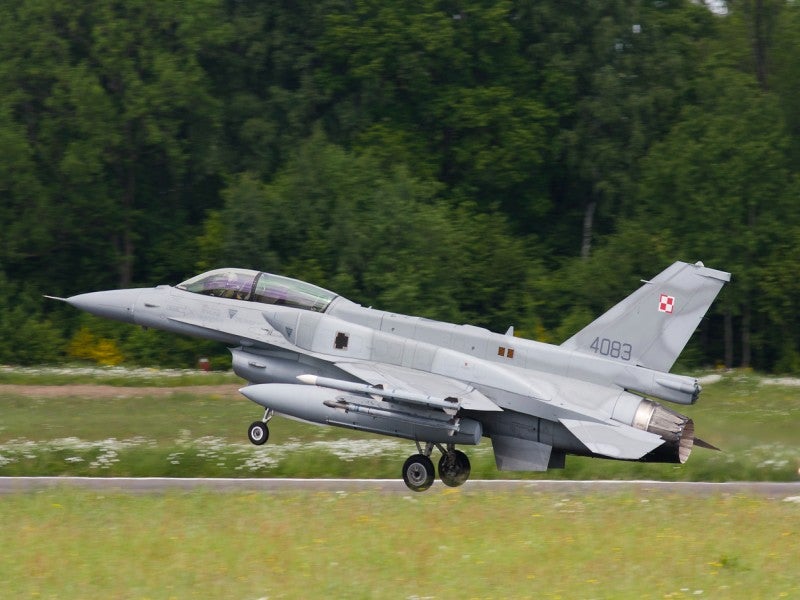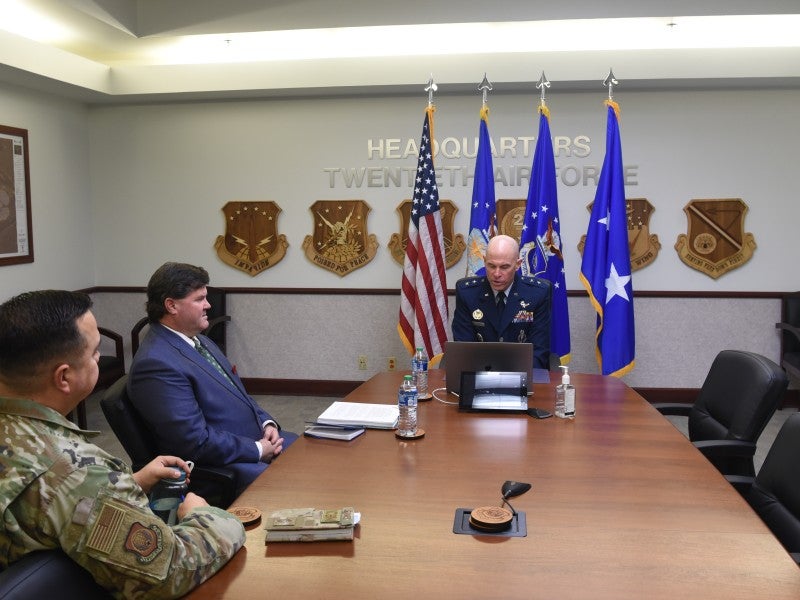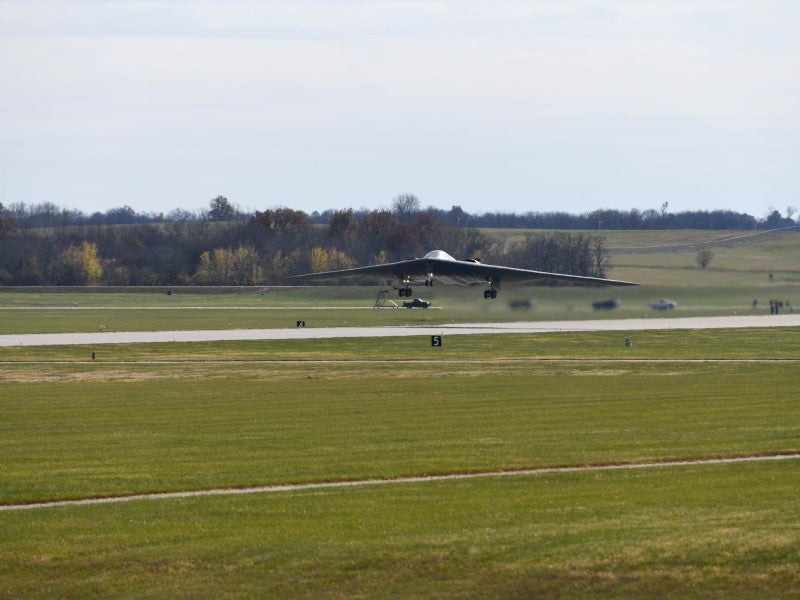
The Nato Alliance Ground Surveillance Force’s (NAGSF) RQ-4D remotely piloted aircraft (RPA) has returned to Italy after receiving maritime capability upgrades.
With call sign NATO14, the RPA landed at Sigonella Air Base in Italy on 17 September, after completing a 21-hour flight from Edwards Air Force Base in California, US.
Prior to its return, NATO14 underwent a series of comprehensive tests with its manufacturer, Northrop Grumman, in the US.
The company provided a maritime mode software upgrade to Nato’s intelligence, surveillance and reconnaissance (ISR) aircraft.
The technical upgrade was provided to boost NAGSF’s capabilities to detect and track naval surface combatants.
The aircraft has also been fitted with the maritime inverse synthetic aperture radar, which will allow the Nato forces to recognise non-cooperative targets.
With the new upgrade, the allied and partner nations will now have increased capability to collect ISR products.
NAGSF commander brigadier general Andrew Clark said: “The return of this aircraft marks a major milestone for NAGSF and the alliance.
“The upgraded sensor dramatically improves Nato’s ISR capability by enabling effective collection in the maritime domain.”
Following the RPA’s return, the NAGSF technicians are now integrating RQ-4D aircraft back into the operational schedule of the Sigonella forces.
An additional four RQ-4D operated by NAGSF will soon return to the main operating base in Italy with the same upgrades.
The NAGSF has already achieved an initial operational capability and is currently operating out of temporary facilities at Sigonella.
The force primarily supports Nato allies and partner nations in conducting a wide variety of missions, including crisis response, border control, anti-terrorism, maritime safety, indications and warnings operation, humanitarian aid and disaster relief missions.




